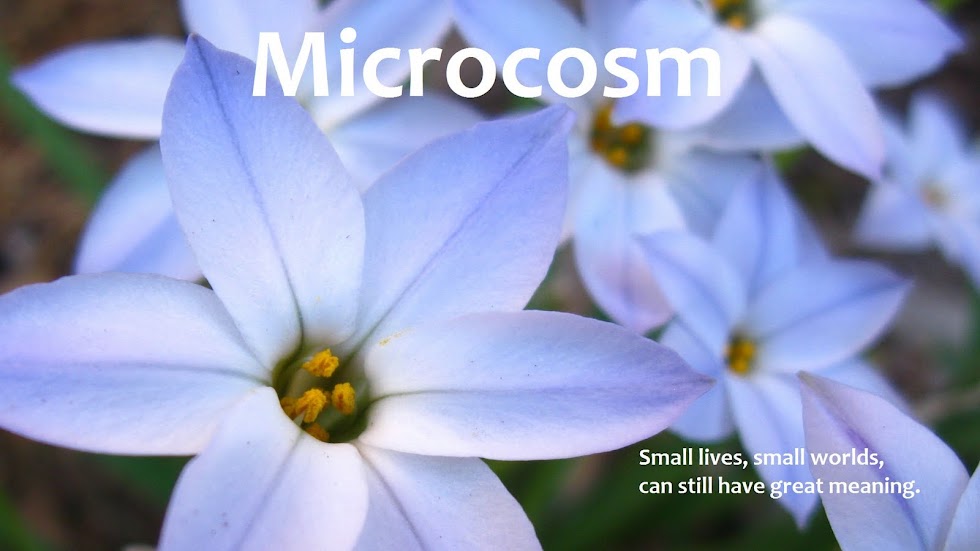Baseball is nothing if not a leisurely sport. For some, the pace is part of its appeal. A lot of the game is cerebral, with batting order and pitching strategies being at least as important as the actual action. If you're an aficionado, you know the players' stats, the conditions that let them shine, and the ones that spell bad news. The slow pace allows you to debate the finer points of strategy at length with
 |
| Greek germander (Teucrium aroanium), sand lovegrass (Eragrostis trichodes), and wood betony, or pink cotton lamb's ear (Stachys lavandulifolia) |
I'm not a huge fan, but do kind of like baseball. Albuquerque has a minor league team, the Isotopes, and the one game I went to, I had a wonderful time getting acquainted with my neighbors; and then sometimes, something interesting happened on the diamond, too. In Vermont I used to live close to a college's practice fields and loved to hear the crack of the bat in spring—an oddly thrilling sound, so happy and accomplishing. I also like the sheer symmetry of the game, with each side taking turns batting and fielding every inning; no matter how the opportunities play out, each team has the same number of shots at success.
Still, baseball is slow. My dad thinks that watching a game is like going down to the junkyard to watch the cars rust, or like watching the grass grow. My mom, on the other hand, is an enthusiastic Colorado Rockies fan. She looks forward to Opening Day in the spring, knows the overall standing of the team day to day, can spout tidbits about the players' games and personal lives, and arranges her quilting projects so that she can listen to the games at the same time. But even my mom doesn't mind interrupting a game for an hour-long phone conversation on a Friday night when the Rockies are playing, because nothing happens in the hour that she misses that she can't catch up on pretty easily. Baseball is a leisurely game, you know.
 |
| Silky threadgrass (Nassella tenuissima), with sun roses (Helianthemum nummularium) and a really big urn (Urnus |
All to say, the gardening is done for the season. Not the routine watering and deadheading, of course, but all of the big things: planting, dividing, pruning. Memorial Day is always my deadline to have projects finished, ahead of summer's heat and intense, blasting sunshine. With the holiday behind us, now it's the garden's turn to take action while I sit in the shade in the Adirondack chair and watch the grass grow.
It's a leisurely process, grass growing, in case you were wondering. The sand lovegrass, over the last few months, has settled in beautifully and is making satisfying spikes next to the puddles of creeping germander and the uncertain plantings of wood betony. The silky threadgrass has been setting seed for weeks now and continues to beckon enchantingly from behind one urn or another. But the blue grama grass in the central bed...well, it's taking its own sweet time to fill in, isn't it.
 |
| Blue grama grass (Bouteloua gracilis) |
In its native short-grass prairie, its slow rate of growth has become a problem. Once the grass has been destroyed by over-grazing or development, it takes a long time to grow back in again, time it may not have before the vast stretches of ecosystem built around it are seriously damaged. In the garden, where water and weeding give it a chance to thrive, its pace is only a problem for my own impatient self. I have to remind myself that this is blue grama's turn at bat, when it can swing at whatever pitches it will. Or wait them out. Summer is the garden's inning.
The garden and I aren't in competition, of course, and my garden isn't the major or even the minor leagues. For most of us, I think, gardening is more like Little League, where a game can go on forever, because you never know whether the six-year-old batters will hold the bat right-side up or run in the right direction or make it to base before being distracted by—hey, look! is that a squirrel? I like your shirt we're having spaghetti for dinner—and where, by hook or by crook, everyone wins something in the end. With its "let's help everyone do well" attitude, Little League isn't much like the major leagues, except in the slow, leisurely pace. That easy, breezy tempo, of course, is part of the game's appeal.
 |
| Blue grama grass |
Sometimes you like knowing that the whole summer lies ahead, to watch the grass grow.


















